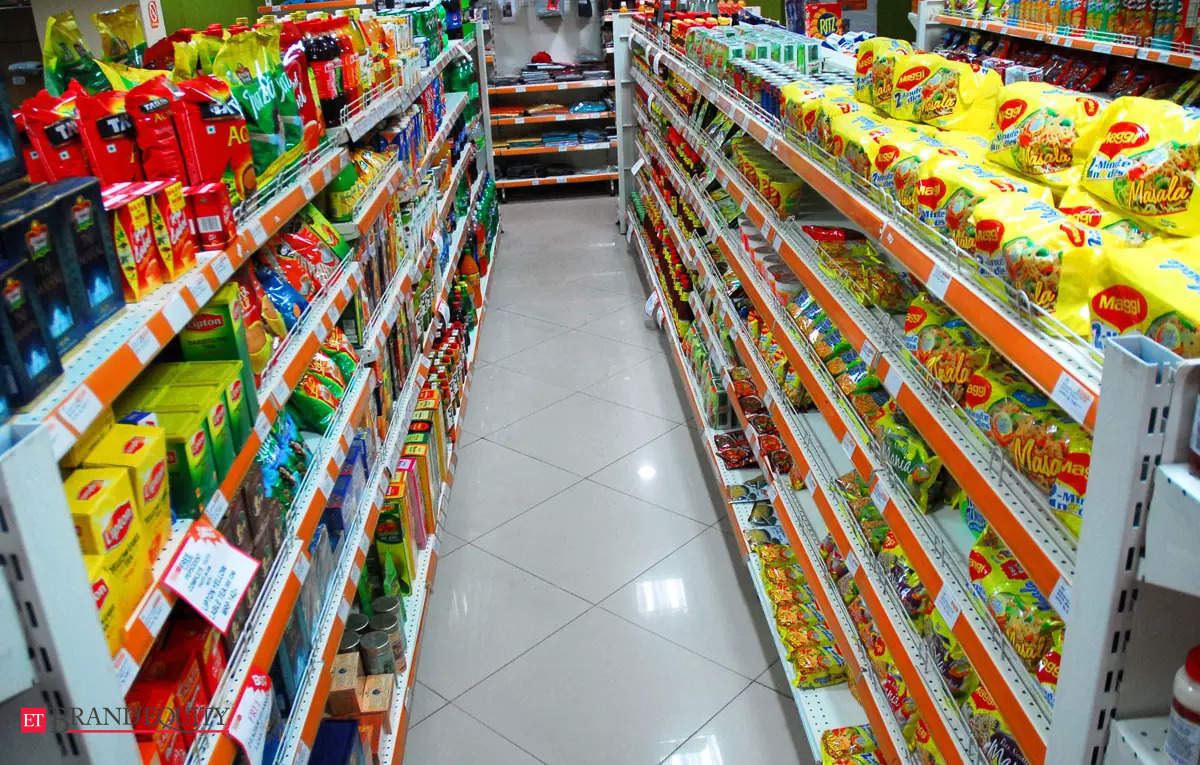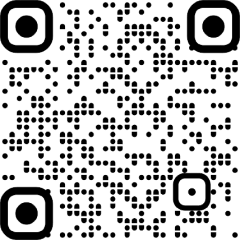[ad_1]

Barely eight years after NCCS dislodged SEC as the primary classification system for consumers, India’s market research industry body, Market Research Society of India (MRSI) has announced the adoption and implementation of the latest Socio-economic Classification System, ‘ISEC’.
Socio-economic classification enables brands and agencies to understand their target audience’s behaviour and profiles and set price points. A media statement to announce the update states that the current socio-economic classification is critical given the changing landscape of Indian households. ISEC addresses this with classification using household education and occupation profiles.
The current socio-economic classification being followed in India is based on ownership of consumer durables and vehicles. The growth in GDP and income, penetration of consumer durables and ownership of vehicles has witnessed a significant increase, leading to the current socio-economic classification becoming less discriminatory and more volatile.
A media statement said that the need to redefine the key variables led to the formation of a more stable and more robust construct, ‘ISEC.’ Among the various industry stakeholders on track to adopt ISEC are The Indian Society of Advertisers (ISA), research users of various organisations such as ITC, Hindustan Unilever Limited, Marico, Dabur India and research agencies including Kantar, IPSOS, as well as key media agencies.
Mitali Chowhan, director general at Market Research Society of India, said, “Socio-economic classification is the base of any targeted consumer understanding. ISEC was developed by the industry, for the industry and unlike any previous classification system, it considers women’s education as a key definer of social capital, an attribute that is highly pertinent in current day. As an industry body, we are deeply invested in our stakeholders and the launch of ISEC is in line with our commitment to help our industry grow and evolve.”
Unlike NCCS that only factored the education of the chief earner and the presence of certain consumer durable items in the household, MRSI’s ISEC takes on a more advanced approach by including the occupation of chief earner, education of highest educated male adult as well as education of highest educated female adult. Amit Adarkar, CEO, IPSOS India, said, “NCCS was introduced at the time when digitisation was gaining momentum and women representation in household decisions was marginal. Our country has evolved greatly since then and it is essential that we follow a SEC that is equally evolved.” K Ramakrishnan, managing director South Asia, worldpanel division, Kantar added, “ISEC is a robust system that works well in both urban and rural India. It has more distinctiveness, a better distribution and it gives us the confidence that its structure will benefit brands and their decisions.”
Sunil Kataria, CEO, Raymond Lifestyle, India and International, and Chairman of The Indian Society of Advertisers said, “The development and progress of our economy is at a rapid pace. At such a pace it is even more important for us as advertisers and spenders to understand our consumers and their behaviour. ISEC is representative, relevant and robust. It gives us a holistic view of our audience segment and how they are equipped to make decisions.”
Shashi Sinha, CEO of IPG Mediabrands India, added, “A better and deeper understanding of consumer cohorts is always appreciated. It equips brands the opportunity to identify and target consumers in a sharper manner and opens up avenues for sharper communications. ISEC is highly discriminatory which is also crucial in current times. The implementation was long due and we are certain that this will help the industry considerably going forward.”
[ad_2]
Source link





